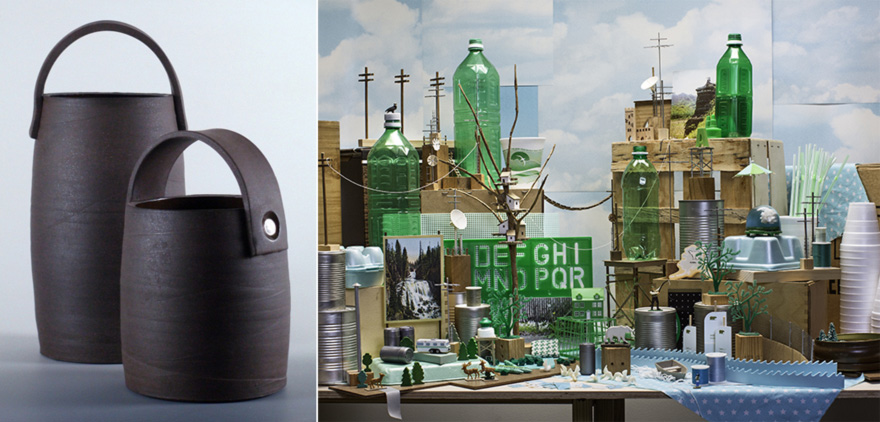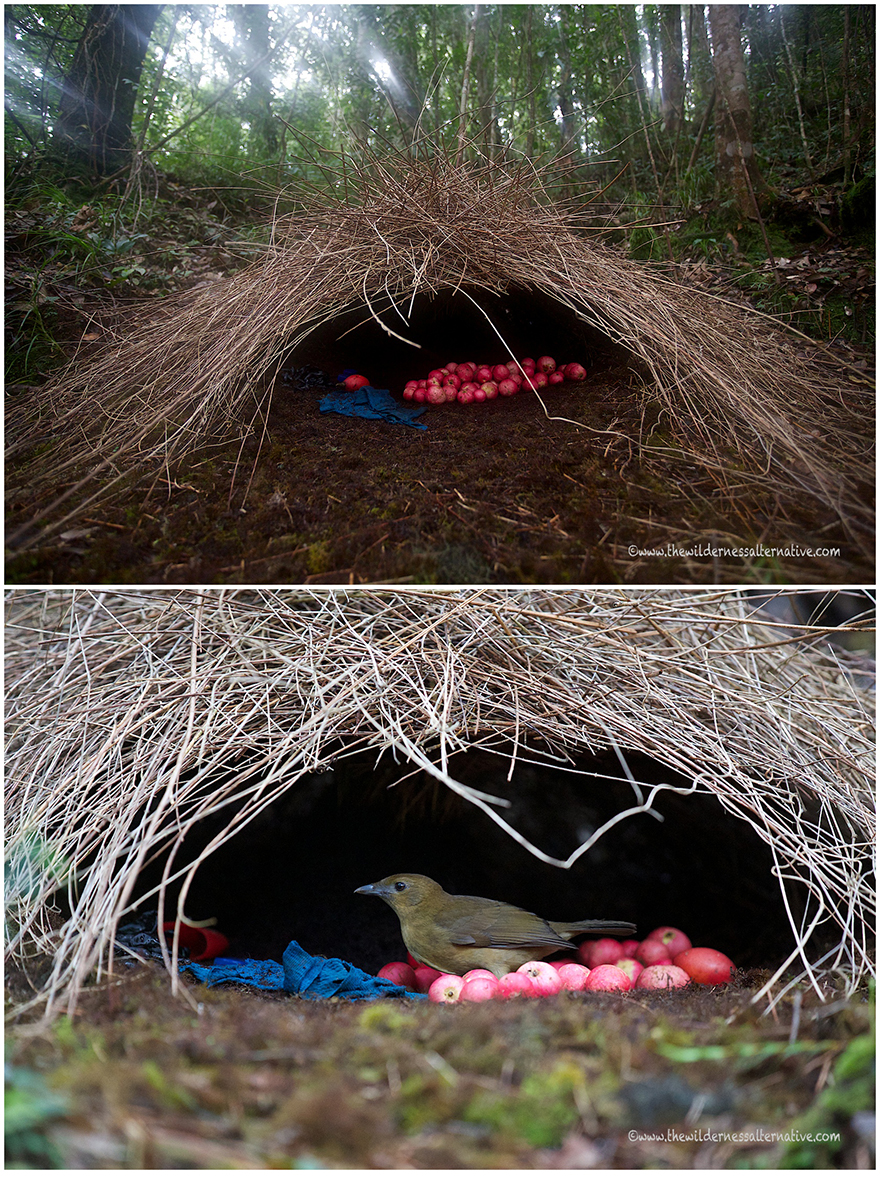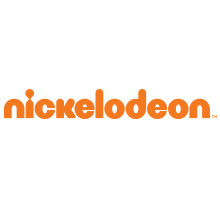![BKCSAD-hero.jpg]() The website has been updated since it launched last summer
The website has been updated since it launched last summer
We were certainly curious to hear about the Brooklyn CSA+D when it first launched last summer, based on the community-supported agriculture model in which producers provide goods to local buyers on a subscription basis. Founded by Dianne Debicella and Jill Allyn Petersen, the program is now accepting submissions for its second season. Here, they share some of their learnings and exactly how they're iterating on their inaugural offering.
Submission Deadline Extended for Second Season of Brooklyn Community Supported Art + Design. Accepting proposals from artists and designers through April 3rd, 2014.
As we begin the second season of Brooklyn CSA+D (Community Supported Art + Design), we take a look back on the inaugural season of Brooklyn's first CSA for art and design - an experiment in translating the model of Community Supported Agriculture to the realm of aesthetic and creative production.
Throughout the summer and fall of 2013, the launch of CSA+D was met with loads of enthusiasm from the press as well as the community of artists, designers and collectors here in Brooklyn, who welcomed the possibility of a new marketplace that fosters a direct connection between makers and collectors. We were thrilled to receive hundreds of applications to our very first open call last summer, which yielded a range of offerings for shareholders, including painting, photography, ceramics, sculpture, poster art, wallpaper, installation and printmaking. The jury ranked the submissions and with those selections we then created balanced groups for half-shares and full-shares to ensure an even selection of unique pieces and editions, as well as 2D and 3D works.
![BKCSAD-LueptowGualtieriUsvitsky.jpg]() Clockwise from top: Hannah June Lueptow, Katerina Usvitsky, Julia Gualtieri
Clockwise from top: Hannah June Lueptow, Katerina Usvitsky, Julia Gualtieri
Based on conversations with shareholders and survey results, it's clear they had various reasons for joining. Some were ready to start collecting art but didn't know how to start, while others felt that the mission of supporting emerging artists was an important enough reason on its own to become a shareholder. Some had new apartments to decorate while others wanted to join simply based on the element of surprise and delight. The idea that an expert panel would be selecting the work was reassuring for many shareholders, while others simply liked the artists' previous work and knew that joining would be a safe bet.
The selected artists and designers, on the other hand, were slightly more unified in their reasons for getting involved: Most of them were drawn to CSA+D by the prospect of connecting to the community directly and getting to meet the people who would own their work. While we received some feedback from potential applicants who thought the $3,000 commission for 50 works was too low, the participants expressed satisfaction with the commission, explaining that they worked backward from that number to make decisions about the material costs, size and time commitment to determine their own compensation. This model is certainly not for every artist or designer, especially those creating large-scale or time- and resource-intensive works. But, as we saw with the results of the first season, there is much desirable work being created at the scale where the commission makes sense to the artists and the quality of the work is pleasing to the shareholders.
![BKCSAD-Venegas.jpg]()
![BKCSAD-BolglaBocci.jpg]() Clockwise from top: Evan Venegas, Chandra Bocci, Beth Bolgla
Clockwise from top: Evan Venegas, Chandra Bocci, Beth Bolgla
(more...)![]()


 The website has been updated since it launched last summer
The website has been updated since it launched last summer Clockwise from top: Hannah June Lueptow, Katerina Usvitsky, Julia Gualtieri
Clockwise from top: Hannah June Lueptow, Katerina Usvitsky, Julia Gualtieri
 Clockwise from top: Evan Venegas, Chandra Bocci, Beth Bolgla
Clockwise from top: Evan Venegas, Chandra Bocci, Beth Bolgla



 Inside Judd's loft on Spring Street in New York City
Inside Judd's loft on Spring Street in New York City Above: an adodized-aluminum desk and chair (left) and bookshelf. Top image: Judd's high-walled bed
Above: an adodized-aluminum desk and chair (left) and bookshelf. Top image: Judd's high-walled bed
 Image via
Image via  Image via
Image via 









 Above and top right image: Lehanneur's
Above and top right image: Lehanneur's 
 One of Lehanneur's employees in the designer's Paris studio
One of Lehanneur's employees in the designer's Paris studio







 SolDrop Solar Still concept by Stefanie Koehler (competition entry for the Biomimicry Student Design Challenge)
SolDrop Solar Still concept by Stefanie Koehler (competition entry for the Biomimicry Student Design Challenge)










